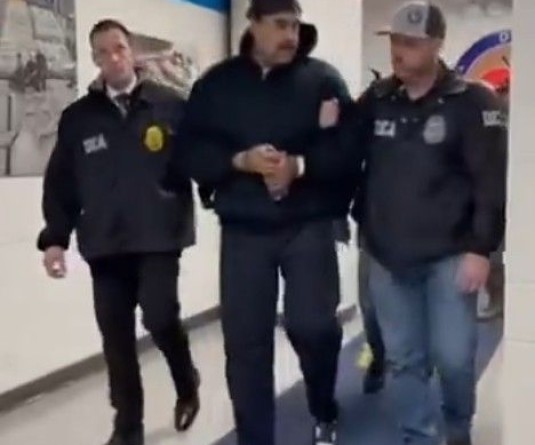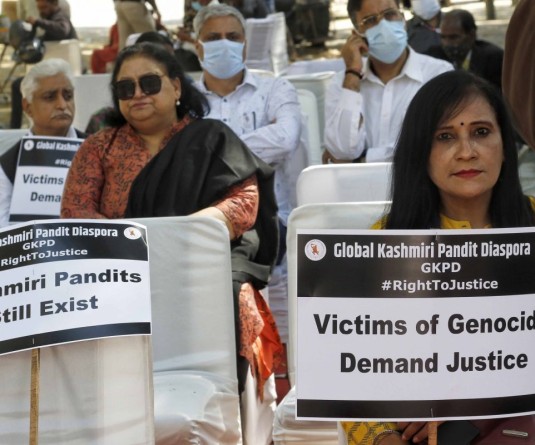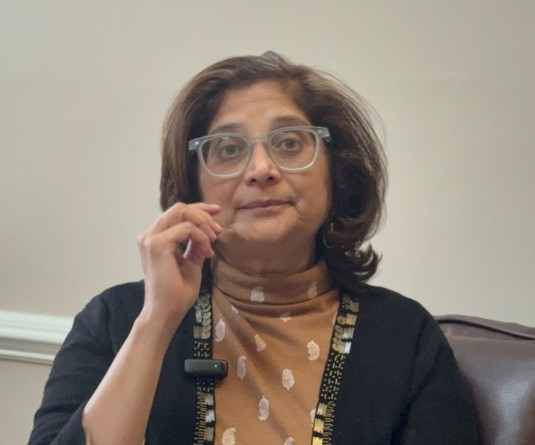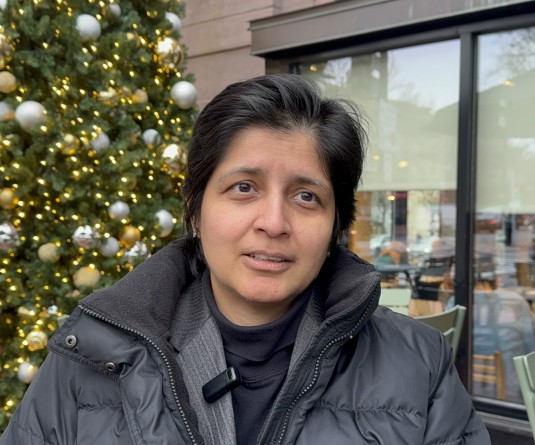A Kambeba indigenous woman, wearing a protective face mask, sits as she waits to be tested for the coronavirus disease (COVID-19), on the banks of the Negro river at the village Tres Unidos, Amazon state, Brazil, May 21, 2020. Picture taken May 21, 2020. REUTERS/Bruno Kelly
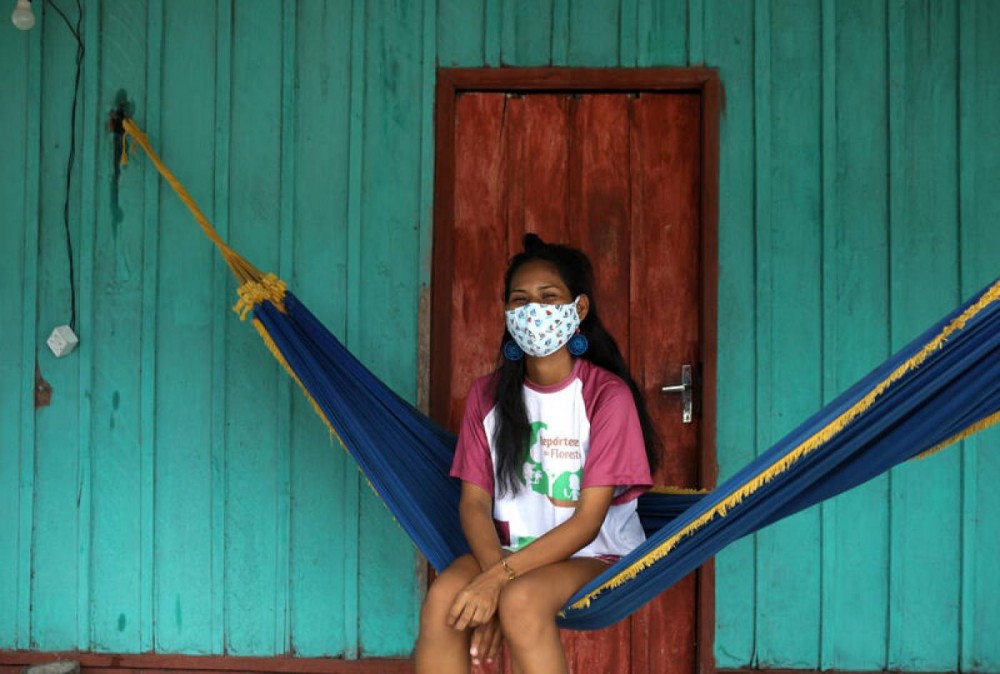
The virus is spreading through remote and vulnerable indigenous communities despite efforts to shield them
TRES UNIDOS, BRAZIL, May 23 (Reuters) - Tres Unidos, an indigenous village in Brazil's Amazon rainforest, locked out all visitors, hoping that isolation would keep it safe. And yet the new coronavirus still came.
It arrived, most likely up the Rio Negro, the giant snaking river that connects Tres Unidos with the Amazon's largest city, Manaus - five hours away by boat.
The rivers, the lifeblood of these remote communities, are now also bringing disease. The dots of confirmed coronavirus deaths on a map published by Brazil's government follow the rivers in these remote parts.
Waldemir da Silva, the village chief better known here as Tuxuau Kambeba, said the virus came quietly, as if carried on the wind.
"The virus is treacherous," he said, wearing a white face mask and a wooden headdress.
"We started getting ill and thought it was a bad cold, but people got worse. Thank God the children did not get it," the 61-year-old told Reuters.
The drama of the 35 families of the Kambeba tribe is repeated in indigenous communities across the Amazon, as the epidemic moves upriver from Manaus, one of the hardest hit cities in Brazil, where hospital have run out of intensive care units and cemeteries are using collective graves to bury the dead.


